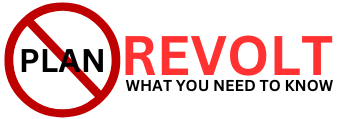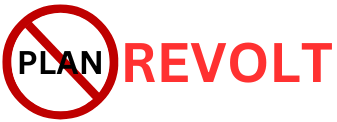In a medical emergency, every second counts—but around the world, many people still hesitate or make the wrong decision when faced with an urgent health crisis. Our new multi-country study sheds light on this issue, finding that public understanding of when and how to seek emergency medical help remains limited, even in regions with advanced health care systems. The work is published in the journal Medicine.
When seconds matter, knowledge can save lives
The study, which surveyed nearly 5,000 participants across many countries, found that only about one in five people demonstrated a strong level of Emergency Health Literacy (EHL)—the ability to recognize a medical emergency and know how to respond appropriately. EHL also refers to how well individuals understand what qualifies as a medical emergency, which services to contact, and how to use them efficiently. It goes beyond first-aid skills—EHL is about judgment, awareness, and trust in health systems. High EHL helps people act quickly, use services appropriately, and avoid preventable deaths. Low EHL, on the other hand, leads to confusion, delays, and unnecessary pressure on emergency departments worldwide.
Recognizing emergencies isn’t always easy
While most respondents (over 80%) knew where to find an emergency facility nearby, less than half could correctly identify local rescue or ambulance services. The biggest challenge, however, wasn’t access—it was decision-making. Nearly 40% of people said they found it difficult to judge whether a situation required emergency care. Unnecessary emergency visits strain health care systems, while delays in true emergencies can be fatal. Knowing when to call for help can be just as important as knowing where to go. Our research revealed several patterns consistent across countries. Men, health care professionals, and people with higher education or income levels tended to have better emergency health literacy. However, the majority—about 75% of participants—were found to have "problematic" emergency health literacy, meaning they might struggle in real-life crises to evaluate symptoms or decide when to seek urgent medical help.
A global challenge for health systems
Low health literacy doesn’t just affect individuals—it creates ripple effects throughout health systems. Unnecessary emergency visits, misuse of ambulance services, and delays in treatment all add financial and human costs. Countries with robust public education programs in first aid and emergency response, such as Norway and Switzerland, show that these gaps can be closed.
Simple steps to strengthen emergency awareness
- Start early: Integrate first-aid and emergency response lessons into school curricula.
- Communicate clearly: Governments and hospitals should publicize local emergency numbers and guidance on urgent symptoms.
- Empower digitally: Use mobile apps and online tools to teach the public how to recognize and respond to emergencies.
- Target high-risk groups: Focus outreach on those with lower education, lower income, or limited health-system experience.
- Train communities: Community-based programs can transform bystanders into first responders.
The role of the built environment in emergency preparedness
The study also highlights that public readiness for medical emergencies depends not only on knowledge, but also on the spaces people live in. The built environment—including hospital accessibility, road networks, and the distribution of emergency facilities—plays a critical role in shaping how quickly and effectively people can respond when emergencies occur. Improving the built environment goes hand-in-hand with public education campaigns. By aligning urban design with health literacy efforts, governments can create safer, more responsive cities where people and systems work together to save lives.
Building a more prepared public
Creating a more prepared global public requires collaboration across governments, health care institutions, educators, and communities. Global cooperation can help share successful national models and guide countries still developing their public awareness systems. By treating emergency health literacy as a universal public health goal, societies can reduce avoidable deaths, improve emergency system efficiency, and foster a stronger sense of shared responsibility. In a world where health crises can strike anyone, anywhere, preparation is everyone’s business.
More information:
Esra’ O. Taybeh et al, Public preparedness and knowledge about emergency medicine: A study across 6 countries, Medicine (2025). DOI: 10.1097/md.0000000000043217Amer Abukhalaf is an assistant professor at the Nieri Department of Construction and Real Estate Development, Clemson University. Abukhalaf is also a faculty scholar at the Clemson University School of Health Research. He researches risk management and safety design with a focus on natural hazards, built environment, crisis management, and emergency planning. Abukhalaf is also a civil engineer and a structural designer by practice and has a master’s in executive management from Ashland University in Ohio, and a Ph.D. from the University of Florida. He is a member of the Hazard Mitigation and Disaster Recovery Planning Division at the American Psychological Association.


